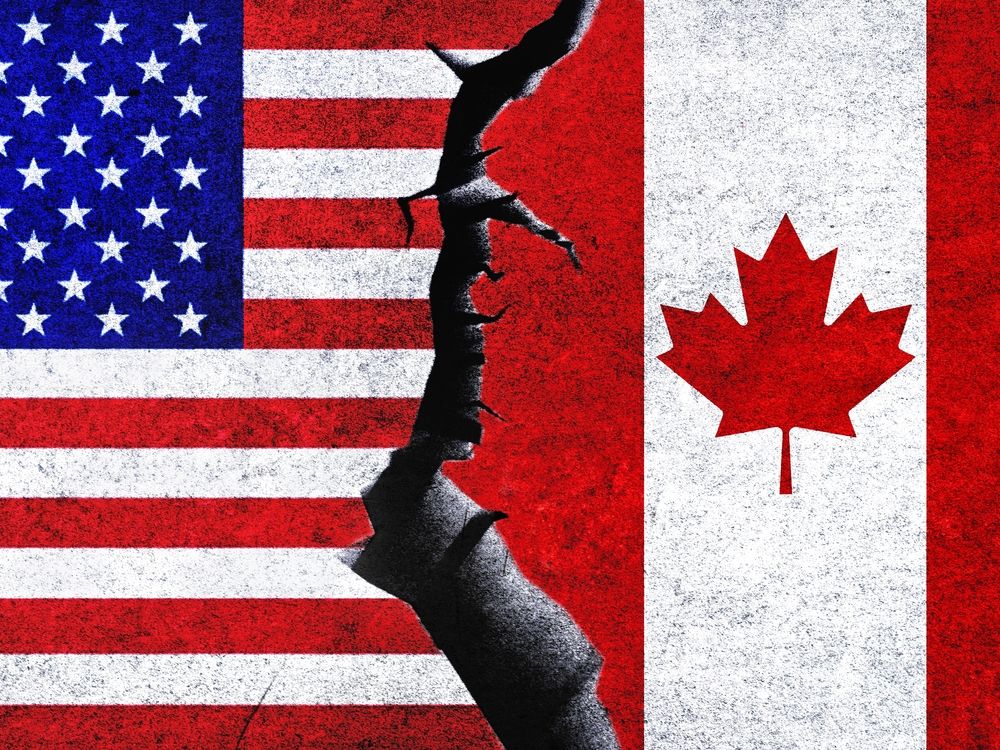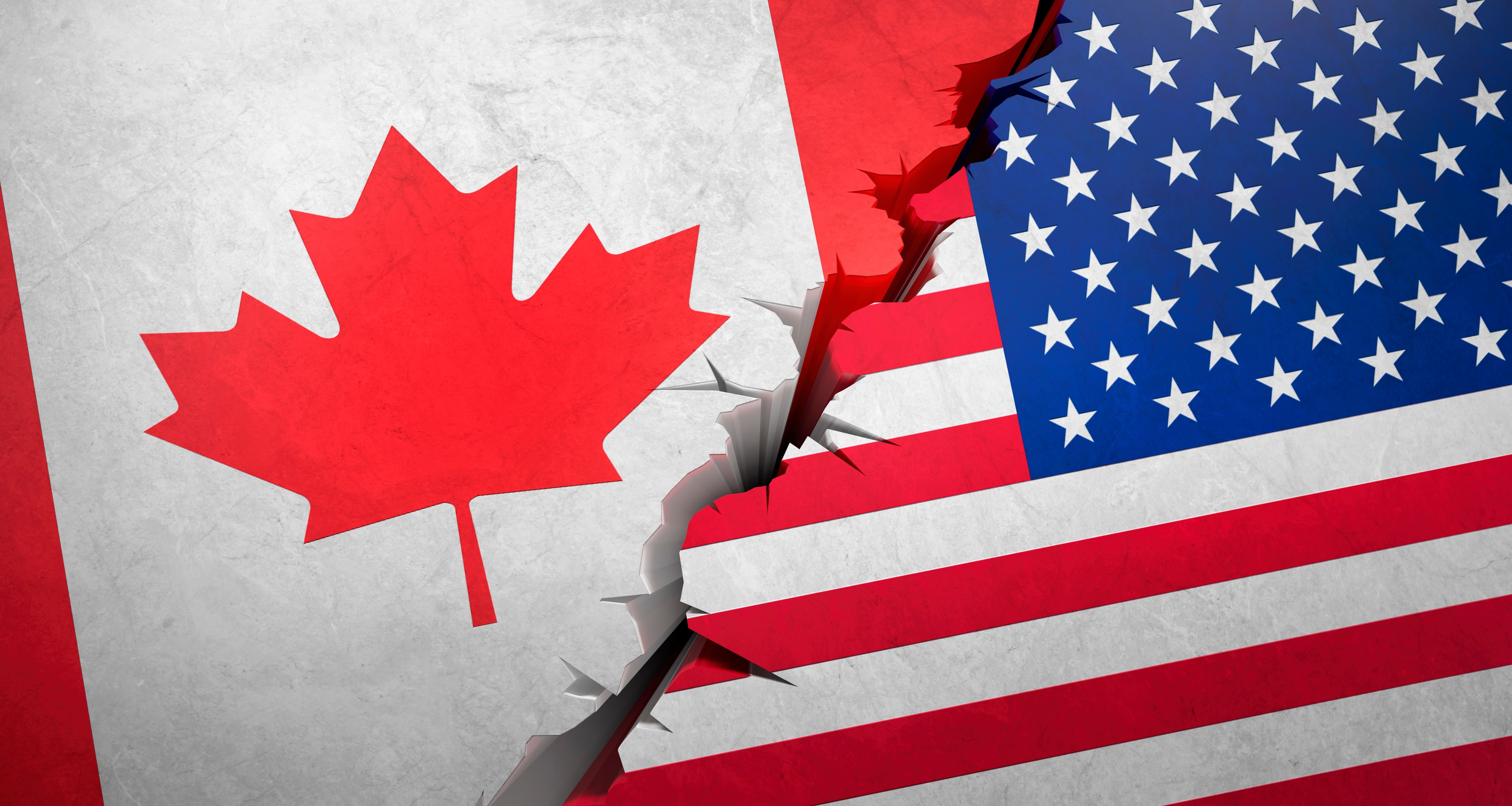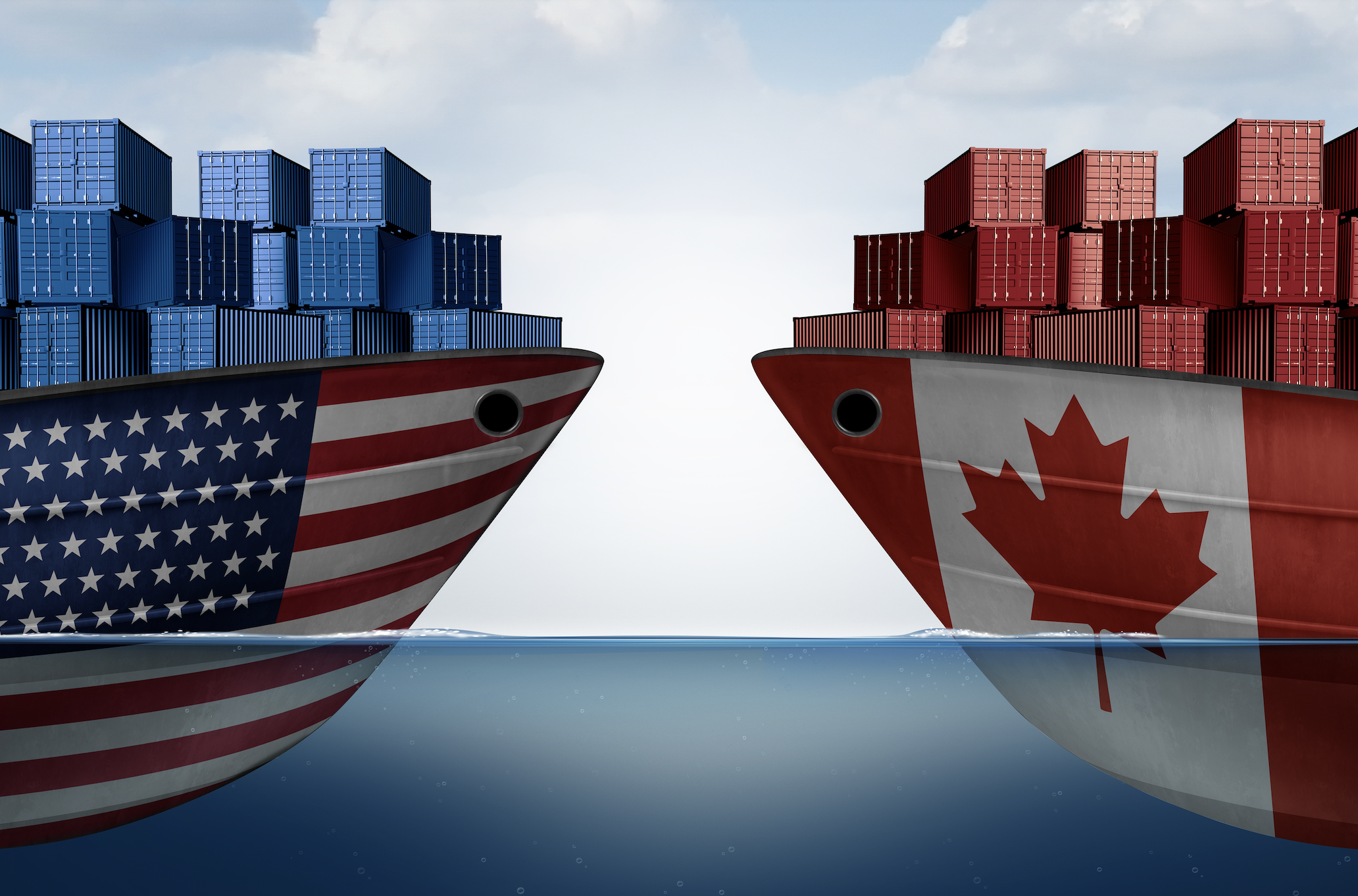The 2025 trade war between the U.S. and Canada has significantly reshaped export strategies on both sides, with Canada imposing retaliatory tariffs on U.S. goods and seeking to protect key industries while navigating disrupted supply chains and shifting market dynamics.
Key dynamics and effects on Canada-U.S. export strategies in 2025 include:
-
U.S. Tariffs and Canadian Retaliation: The U.S. imposed 25% tariffs on most Canadian imports (except oil and energy at 10%) starting February 2025. Canada responded with 25% tariffs on CA$30 billion of U.S. exports immediately and planned further tariffs on CA$125 billion of goods over the following weeks, targeting sectors like liquor, vegetables, clothing, shoes, and consumer goods to pressure the U.S. politically and economically.
-
Sector-Specific Impacts: Tariffs on steel, aluminum, and autos remain particularly contentious, with Canada maintaining counter-tariffs on these sectors as negotiations continue. These industries are critical to both economies, especially Ontario's manufacturing base, which faces risks of job losses and economic contraction due to tariff-related disruptions.
-
Supply Chain Disruptions: The broader 2025 U.S.-China trade war, with tariffs up to 125% on Chinese goods entering the U.S., indirectly affects Canadian companies reliant on integrated supply chains involving China and the U.S. This has increased costs, disrupted sourcing, and forced Canadian businesses to seek alternative suppliers or markets.
-
Economic Consequences: Studies forecast slowed GDP growth in Ontario (down to 0.6% in 2025), potential job losses exceeding 100,000, and increased consumer prices due to tariffs. The Bank of Canada responded by lowering interest rates to mitigate economic shocks. Canadian exporters are attempting to offset losses by diversifying markets, but the U.S. remains the dominant trade partner, limiting alternatives.
-
Strategic Canadian Responses: Beyond tariffs, Canada has considered export restrictions on critical minerals and energy products and bans on U.S. companies bidding on government contracts to increase leverage. The government also encourages Canadians to prefer domestic products to reduce reliance on U.S. imports.
-
Trade Negotiations and Managed Trade: Ongoing negotiations aim to resolve tariff disputes, with Canadian trade teams actively pursuing sectoral deals in steel, aluminum, energy, and autos. The era is characterized by "messy managed trade," where tariffs and exemptions coexist, complicating export strategies.
-
Market Shifts: Canadian imports of U.S. goods like alcohol have dropped sharply (e.g., 85% reduction in U.S. liquor imports), reflecting consumer shifts and retaliatory measures. Overall, Canadian exports to the U.S. declined by about 12.5% in mid-2025 compared to 2024, indicating significant trade volume impacts.
In summary, the 2025 Canada-U.S. trade war has forced Canadian exporters to adapt by diversifying supply chains, focusing on strategic industries, and engaging in active trade negotiations, while facing economic headwinds from tariffs and disrupted cross-border commerce. The situation remains fluid, with ongoing negotiations shaping future export strategies.




















Maple Ranking offers the highest quality website traffic services in Canada. We provide a variety of traffic services for our clients, including website traffic, desktop traffic, mobile traffic, Google traffic, search traffic, eCommerce traffic, YouTube traffic, and TikTok traffic. Our website boasts a 100% customer satisfaction rate, so you can confidently purchase large amounts of SEO traffic online. For just 720 PHP per month, you can immediately increase website traffic, improve SEO performance, and boost sales!
Having trouble choosing a traffic package? Contact us, and our staff will assist you.
Free consultation